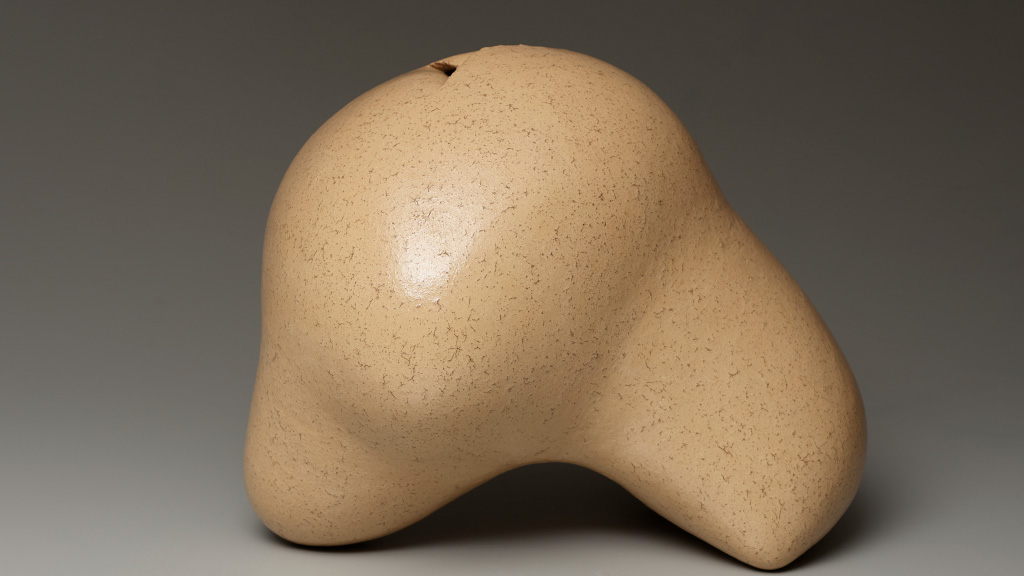Among the great ceramic traditions of the world, the Japanese alone sustain a thriving studio potter industry. More than 10,000 Japanese potters make a living crafting tea bowls, saké bottles, flower vases, and tableware. Whether crafted of unglazed stoneware or refined porcelain, these intimately scaled art works are a cherished part of daily life in Japan.
Contemporary masters of clay art in Japan are deeply aware of their traditions in thrown, hand-built, carved or molded forms; they celebrate a reverence for the unique qualities of the material and embrace the unpredictability of the firing process. Wares by Nakazato Takashi and Yoshida Yukihiko, both potters in their late seventies, exemplify the best of Japan’s enduring taste for wabi-sabi, an austere simplicity infused with emotional depth. Other artists, consciously working within global idioms, stretch the boundaries of utility to explore ever more sculptural forms, as in Hoshino Satoru’s writhing, organic Spring Snow No. 12, or the frozen motion of Fujikasa Satoko’s Flow #1.
Contemporary Japanese Clay celebrates artistic innovation and superb craftsmanship in Japanese ceramics from the 1950s to the present, revealing the growth of the Museum’s holdings in this fascinating art form.
Organized by the Portland Art Museum and curated by Maribeth Graybill, Ph.D., The Arlene and Harold Schnitzer Curator of Asian Art.



